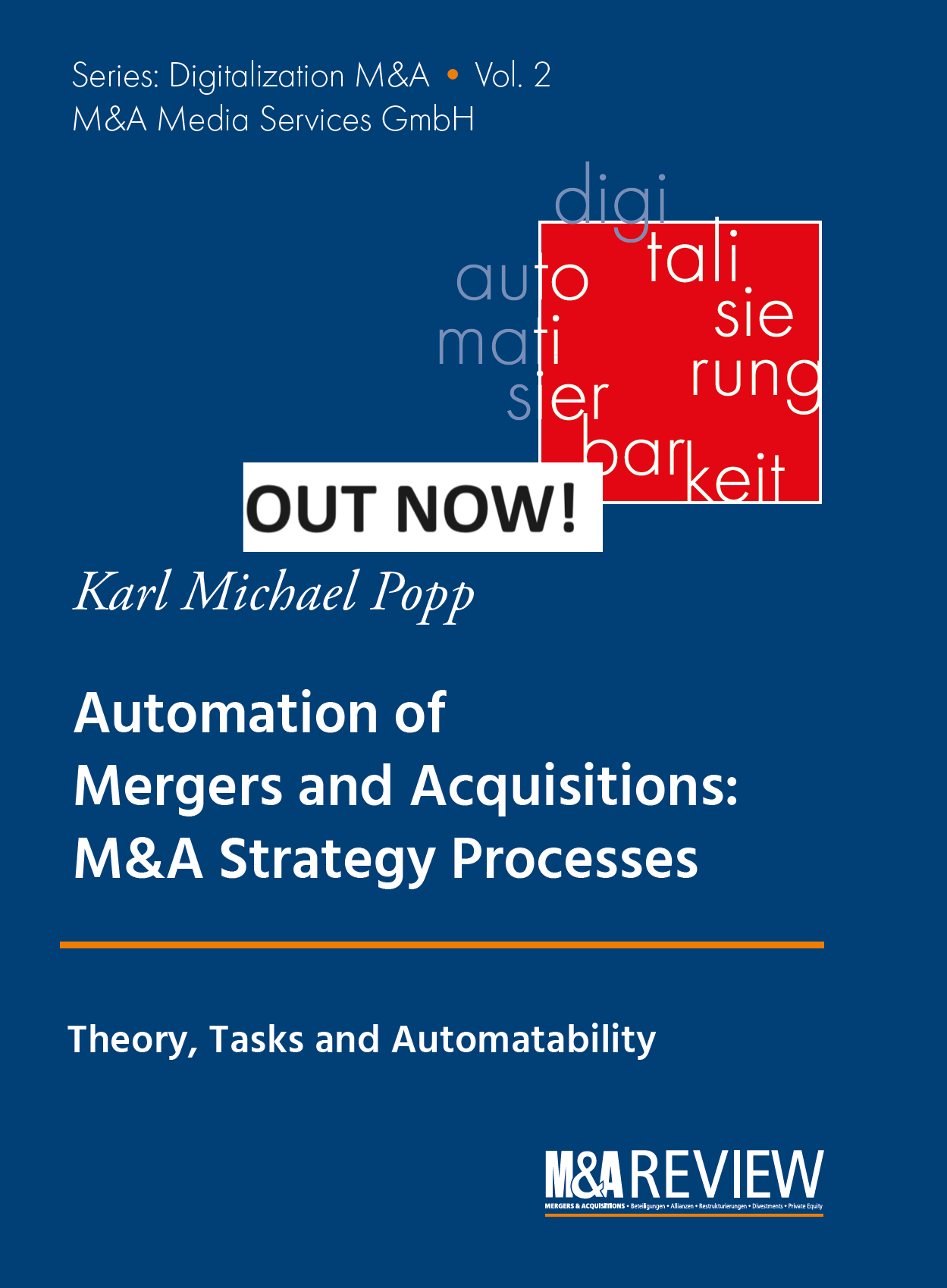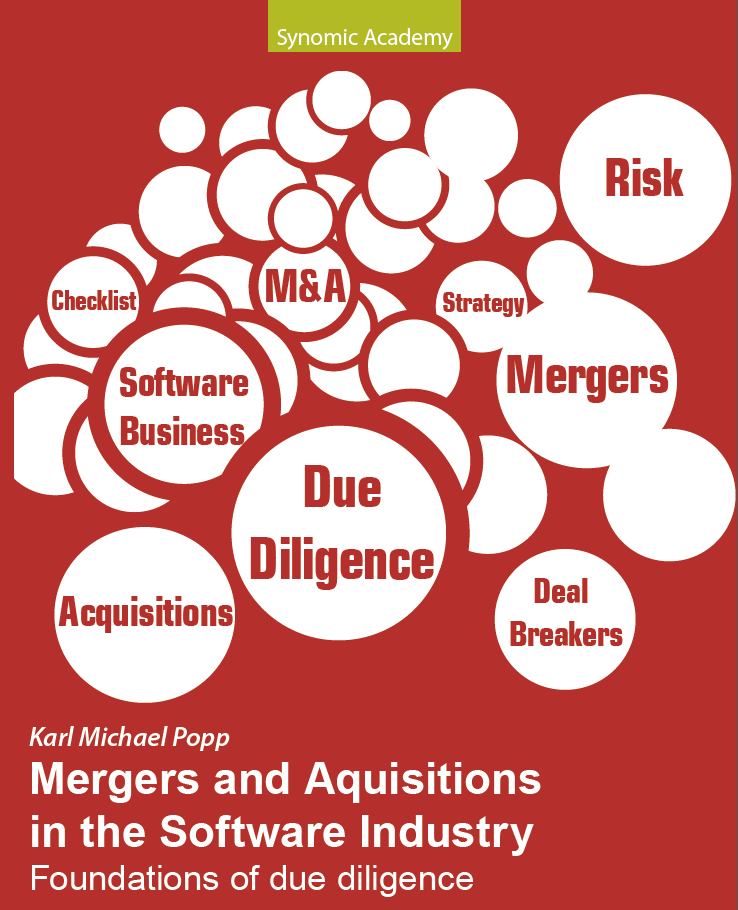Technical Debt in Mergers and Acquisitions: assessment and implications
Technical debt serves as an allegorical construct that encapsulates the compromise between the immediate advantages of expedited delivery and the enduring expenses associated with the maintenance and evolution of a software system. Within the framework of mergers and acquisitions (M&A), the comprehension of technical debt is imperative for assessing the prospective risks and opportunities entwined with the integration of the technological infrastructures of two distinct organizations.
Definition and Implications Concept
Technical debt materializes when development teams opt for expedient solutions, resulting in inferior code, architecture, or processes that may necessitate substantial rework in subsequent phases. Implications: In the context of M&A, the acquiring entity must meticulously evaluate the technical debt of the target organization to fully comprehend the potential financial burdens and obstacles inherent in the integration process.
Assessment During Due Diligence Evaluation
During the due diligence phase, it is of paramount importance to scrutinize the technology stack, code quality, and architectural choices of the target organization. This analysis aids in pinpointing areas of technical debt that may adversely affect forthcoming development and integration initiatives. Risk Identification: Elevated levels of technical debt may signal fundamental issues that could jeopardize the success of the merger or acquisition, including postponed product launches or escalated maintenance expenditures.
Strategic Planning for Integration Integration Strategy
A nuanced understanding of technical debt enables the acquiring organization to construct a strategic framework for integration. This may necessitate prioritizing the mitigation of technical debt to facilitate a more seamless transition and the harmonization of technology platforms. Resource Allocation: Organizations may be required to allocate supplementary resources to rectify technical debt following the acquisition, which can subsequently influence overall integration schedules and financial allocations.
Long-term Considerations Sustainability
The rectification of technical debt transcends immediate integration concerns; it also pertains to the assurance of long-term viability of the amalgamated technological ecosystem. The neglect of technical debt can result in augmented operational costs and impede innovative endeavors. Cultural Impact: The methodology employed in managing technical debt may serve as a reflection of the organizational ethos of the constituent companies. An anticipatory approach to technical debt can cultivate collaboration and foster innovative practices, whereas its disregard may incite friction and operational inefficiencies.
Conclusion
In conclusion, technical debt represents a pivotal factor in the realm of mergers and acquisitions. A comprehensive evaluation during the due diligence phase can elucidate potential risks and guide strategic planning for integration. By proactively addressing technical debt, organizations can bolster their prospects for a successful merger or acquisition, thereby positioning the combined entity favorably for future growth and innovation.
ARE YOU INTERESTED IN A SOLUTION THAT AUTOMATICALLY CALCULATES TECHNICAL DEBT?
SIGN UP BELOW TO SCHEDULE A FREE DEMO
This relates to my new book “Automation of Mergers and Acquisitions“.









